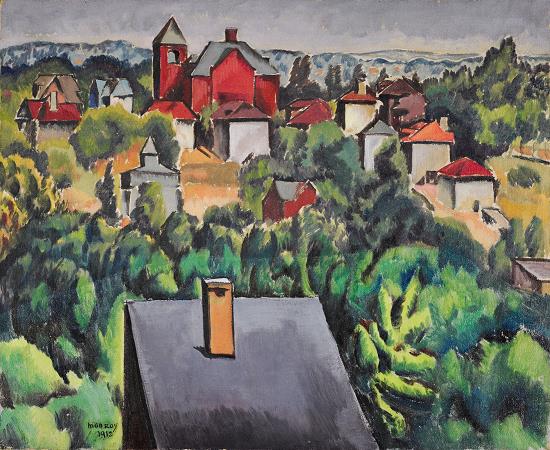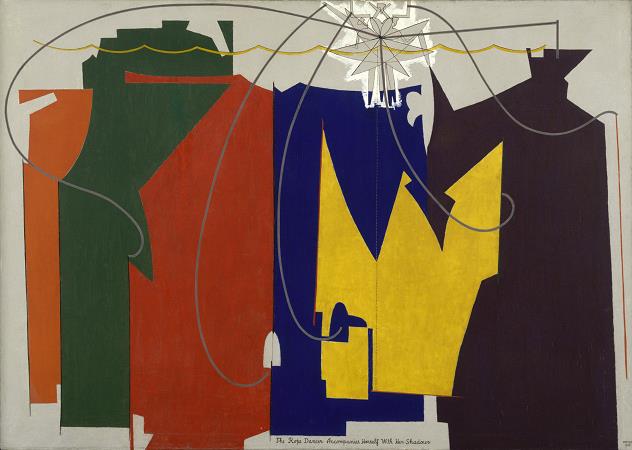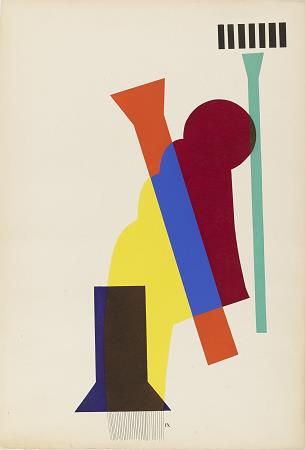Man Ray (1890 - 1976). Man Ray was an American visual artist who spent most of his career in Paris. His works are in many museums including the Museum of Modern Art and the Smithsonian Museum of American art. Ray's photograph Le Violon d'Ingres sold for $12,400,000 at Christie's in 2022. His painting Nativity sold at Sotheby's for $5,780,000 in 2020. He produced major works in a variety of media but considered himself a painter above all. He was a significant contributor to the Dada and Surrealist movements, although his ties to each were informal. He was best known for his pioneering photography, and was a renowned fashion and portrait photographer. He is also noted for his work with photograms, which he called rayographs in reference to himself. During his career, Man Ray allowed few details of his early life or family background to be known to the public. He even refused to acknowledge that he ever had a name other than Man Ray, and his 1963 autobiography Self-Portrait contains few dates. Man Ray was born Emmanuel Radnitzky in South Philadelphia on August 27, 1890. He was the eldest child of Russian Jewish immigrants Melach Max Radnitzky, a tailor, and Manya Minnie Radnitzky. He had a brother, Sam, and two sisters, Dorothy Dora and Essie, the youngest born in 1897 shortly after they settled at 372 Debevoise St. in Williamsburg, Brooklyn. In early 1912, the Radnitzky family changed their surname to Ray; Sam chose this surname in reaction to the antisemitism prevalent at the time. Emmanuel, who was nicknamed Manny, changed his first name to Man and gradually began to use Man Ray as his name. Man Ray's father worked in a garment factory and ran a small tailoring business out of the family home. He enlisted his children to assist him from an early age. Man Ray's mother enjoyed designing the family's clothes and inventing patchwork items from scraps of fabric. Man Ray wished to distance himself from his family background, but tailoring left an enduring mark on his art. Mannequins, flat irons, sewing machines, needles, pins, threads, swatches of fabric, and other items related to tailoring appear in much of his work, and art historians have noted similarities between Ray's collage and painting techniques and styles used for tailoring.
more...







